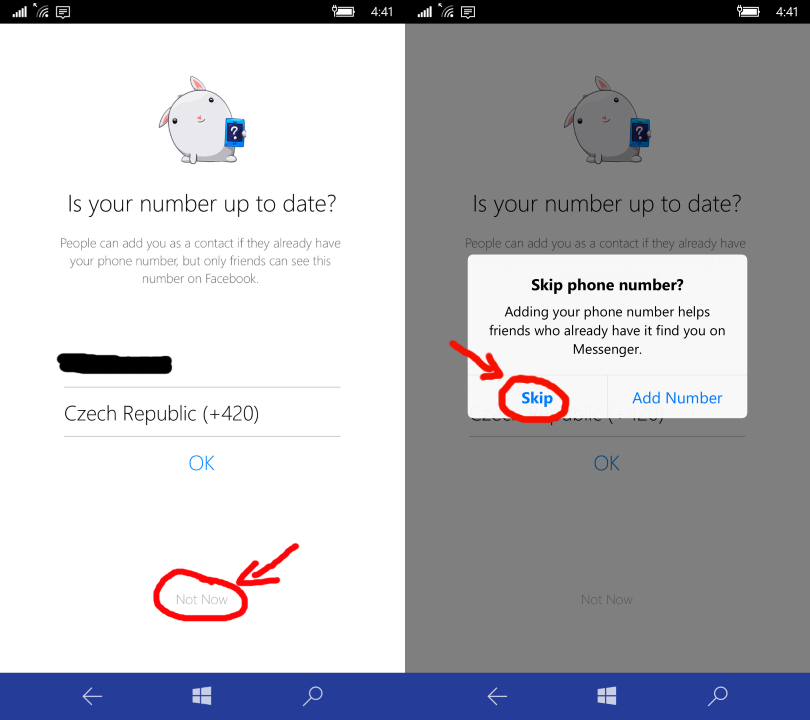Upgrade to Windows 10: Microsoft knows what they're doing
For a long time, I’ve been on the side of… let’s say, maybe not advocates, but generally accepting to the Windows 10 upgrade offer. What I disliked from the first moment, though, was the aggresivity with which Microsoft cloned his baby to hundreds of millions of machines. And now, it looks like the Sky.NET has finally awoken, ready to upgrade us all! So, what happened and why am I so passively angry about it? And why I’m writing now?
Salame tactics (slice by slice)
First, let’s recap what led us to this point. In July 2015, Microsoft released the new version of its mainstream OS - Windows 10. It had, let’s say, a feel of more polished Windows 8.1, which is why many people have upgraded on their own. Microsoft actually did it in a very clever way: they prepared a system of reservations that allowed you to get Windows 10 as soon as it’s ready for your PC. (But in general, those who reserved first, also got it first.)
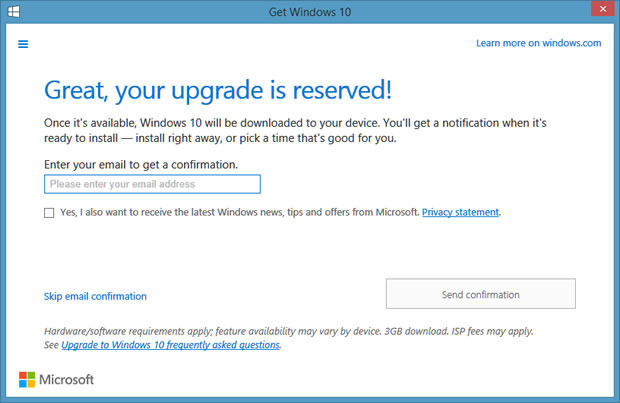
With that, however, came a system of nagging windows that prompted you to swallow the red pill (reserve your upgrade), if you haven’t done that yet. In general, I don’t mind ads. But I understood the voices of concerned people. Soon, it visualised that the concerns were not unfounded.
Microsoft soon started nagging with several different windows, trying to convince unconvinced 7ers and (h)8ers that Windows 10 is the best for them, with more or less success (and hilarity). You could always say no, close the window, and no upgrade would take place. Sometimes, the Windows 10 upgrade downloaded to your computer without consent, and even if you didn’t actually reserve it.
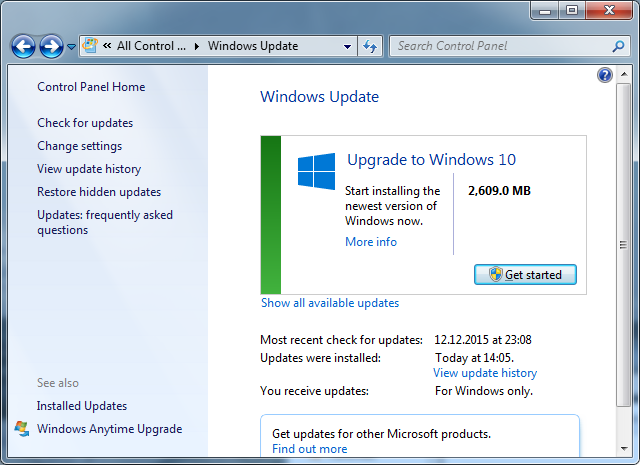
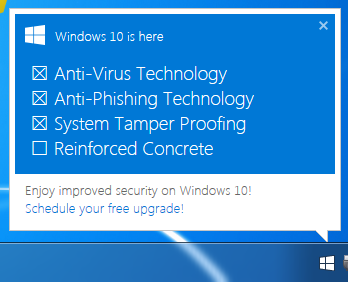
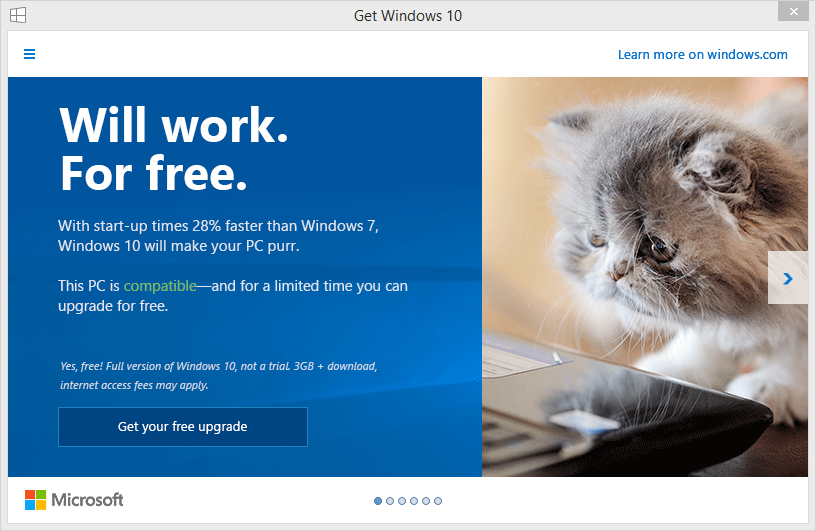
A few times (e.g. October 2015), Microsoft crossed the line and installed Windows 10 completely automatically, in a form of a recommended update, and checked by default. Microsoft called it a mistake back then. (Ha ha ha.) Several tools to remove the annoying popups and disable upgrade were already available (Never10 by Steve Gibson, GWX Control Panel by UltimateOutsider.com), and in January 2016, Microsoft also posted a set of KBs, patches and walkthroughs to block the upgrade to Windows 10.
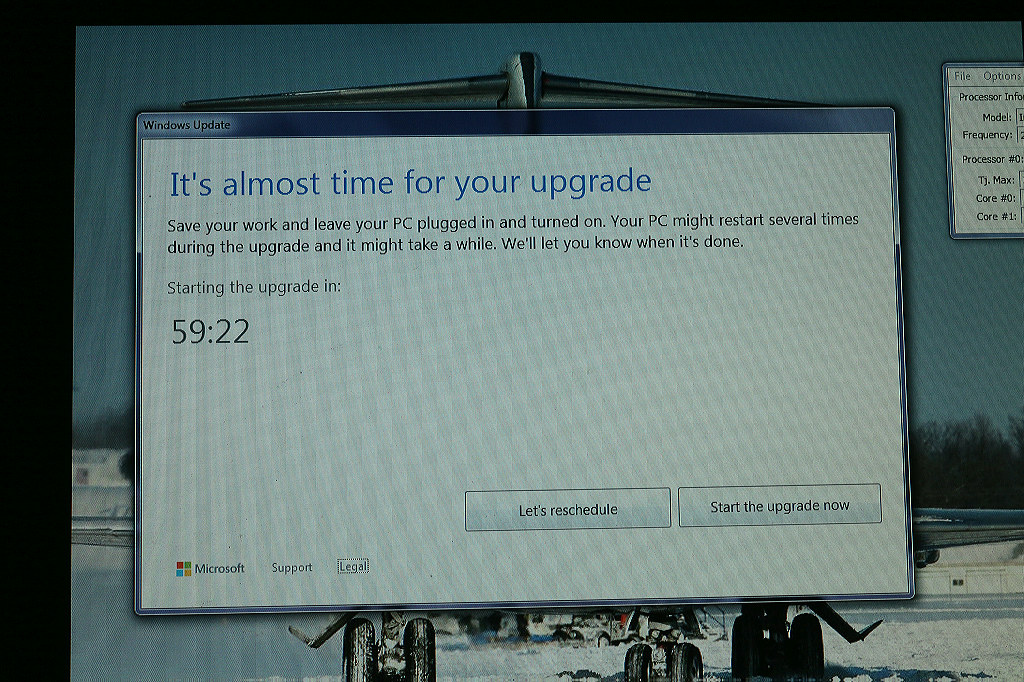
Resistance is futile
But that’s not all! :) Soon, Microsoft flipped the switch and the dialogs were beginning to get even nastier. For example, inside this dialog box, you could only Update now or Upgrade tonight, and to dismiss the upgrade, you needed to click the red X. That was in December 2015!
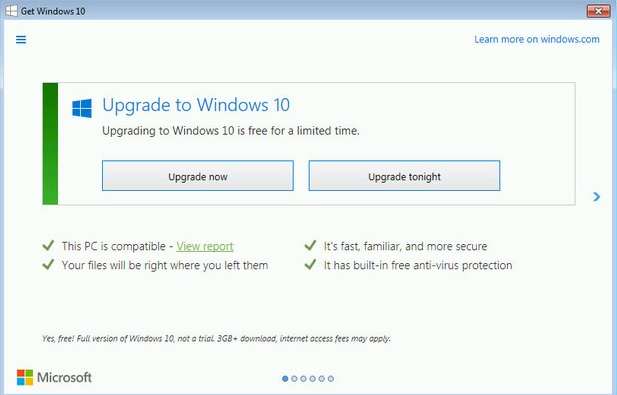
Adrian Kingsley-Hughes on InfoWorld.com has had a pretty clear opinion about this (a view I also share, and in my eyes was confirmed pretty recently):
This is the sort of nag screen I’d expect from a shady website or sketchy adware installer , not an operating system, and it makes me uncomfortable to see Microsoft going down this road.
Although nothing could really beat the following UX disaster which started popping up just last month:
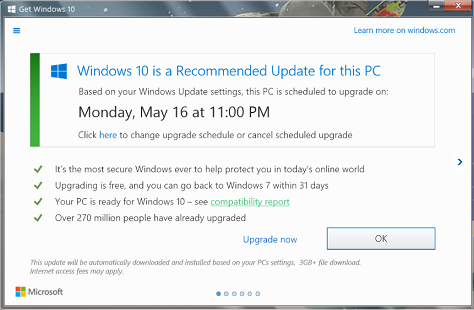
Mary Jo Foley did actually advocate Microsoft on this one, but with this stunt, Microsoft definitely crossed a border that shouldn’t have been crossed. Why? Because most people just dismissed the screen by clicking the red X, unaware that their upgrade is already scheduled! You can surely imagine my disbelief at an unbelievable coincidence, when, on my birthday, my mother called me to wish me happy birthday, and then wanted help because her computer just started upgrading, in the middle of writing an e-mail. On a freaking Tuesday. At 9 AM.
A loss of trust, but does Microsoft care?
I was feeling really bad, particularly because I have read about this new window just the day before. Soon, I called my mother again, only to learn that the exact same thing happened to half of the office.
A week after, I got a message from my grandmother to call her. She was on a line with my aunt, and the upgrade actually happened to both of them. Both have managed to return back to Windows 7, although Windows 10 has tried to make a comeback. Poor grandma stayed up all night, until the upgrade was finished, and another hour when she declined EULA (which is the earliest way to revert the upgrade).
Overall, I’m pretty sure Microsoft has done the impossible: it has angried an incredible amount of people by doing something that is usually accounted to a malware. Some people really couldn’t tell the difference. This has lead to expectable consequences, like people turning off Windows Update on their Windows 7 and 8.1 machines (and that is never a good idea!).
According to MJF in her latest article about another round of unsolicited Windows 10 upgrades (which, thankfully, turned out to be a false alarm), even some Microsoft employees have already started raising their voice inside the company. And I can totally see why! The key question: Will Microsoft executives listen next time they want to do something like this?
Other examples of prodding the user towards the right choice
Actually, Microsoft is not the only one who’s constantly pushing users into something they might not want. Surprise, eh?
Maybe the most famous example from the recent history: the plebiscite about Anschluss.

Or the famous Messenger from Facebook. They push you into sharing your phone number and your contacts with them. (Unlike WhatsApp, which does it pretty much automatically. Don’t forget that WhatsApp has been bought by Facebook recently!)
